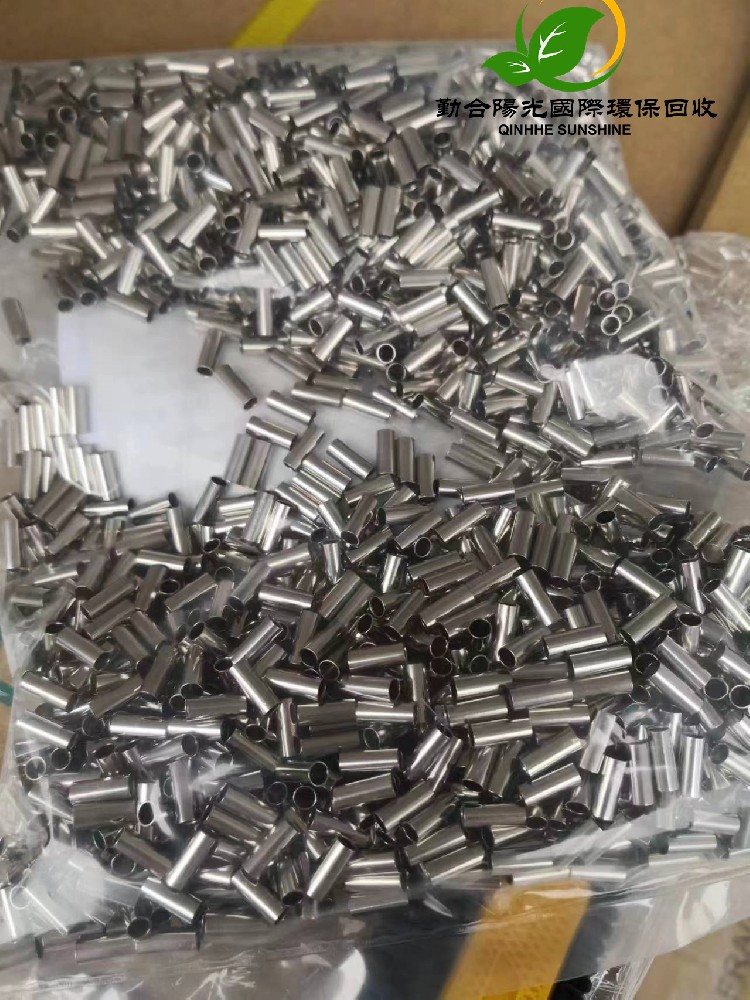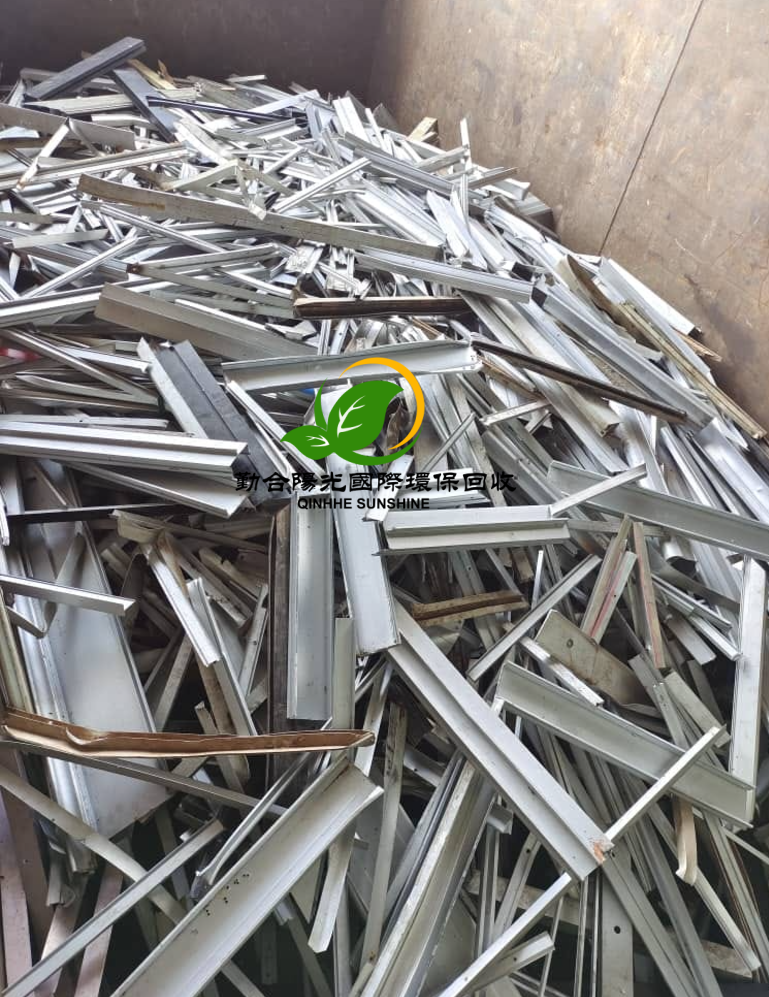Recycling of Waste Metals: The Green Path to Resource Regeneration
With the acceleration of the industrialization process and the improvement of consumption levels, the demand for metal products has been increasing year by year, and the generation of waste metals has also grown accordingly. If waste metals are not properly disposed of, they will not only occupy a large amount of land resources but also may cause serious environmental pollution. As an important way of resource regeneration, the recycling of waste metals can not only reduce resource waste but also reduce environmental pollution and promote the development of the circular economy. This article will explore the significance, methods of recycling waste metals and its contribution to sustainable development.
The Significance of Recycling Waste Metals
1. Saving Resources
Metals are non-renewable resources, and their mining and smelting processes consume a large amount of energy and cause damage to the environment. By recycling waste metals, we can reduce the dependence on primary ores, lower resource consumption, and extend the service life of metal resources.
2. Reducing Environmental Pollution
If waste metals are casually discarded or landfilled, harmful substances in them (such as lead, mercury, cadmium, etc.) may seep into the soil and water bodies, posing a threat to the ecological environment and human health. Recycling waste metals can effectively reduce pollutant emissions and lower environmental risks.
3. Reducing Energy Consumption
Compared with extracting metals from ores, the energy consumption of recycling waste metals is significantly lower. For example, the energy consumption of recycling aluminum is only about 5% of that of primary aluminum production. Through recycling and reuse, we can reduce carbon emissions and contribute to achieving the "dual carbon" goals.
4. Significant Economic Benefits
The waste metal recycling industry not only creates a large number of job opportunities for society but also provides enterprises with low-cost production raw materials. Through recycling and reprocessing, waste metals can re-enter the production process, bringing considerable economic benefits to enterprises.
Methods of Recycling Waste Metals
1. Classified Recycling
There are a wide variety of waste metals, including iron, copper, aluminum, stainless steel, etc. During recycling, classified treatment is required to improve the recycling efficiency and quality. Classified recycling can be achieved through manual sorting or automated equipment.
2. Crushing and Separation
For large metal products (such as scrapped cars, home appliances, etc.), they need to be crushed first, and then different metals are separated through technologies such as magnetic separation and eddy current separation.
3. Smelting and Purification
After the sorted waste metals are recycled, they need to be smelted and purified to remove impurities and obtain high-purity metal materials. This process is usually carried out in a blast furnace or an electric furnace.
4. Remanufacturing
The purified metal materials can be used to manufacture new products. For example, recycled scrap steel can be used to produce construction steel, and recycled scrap aluminum can be used to manufacture automotive parts or packaging materials.
Challenges and Countermeasures in Recycling Waste Metals
1. Imperfect Recycling System
In some regions, the waste metal recycling system has not been fully established, resulting in low recycling efficiency. To this end, the government and enterprises should strengthen cooperation, establish a complete recycling network, and improve the recycling coverage rate.
2. Limited Technical Level
The recycling of waste metals requires advanced technical support, but the technical level of some enterprises is relatively low, which affects the recycling effect. We should increase investment in the research and development of recycling technologies and promote automated and intelligent recycling equipment.
3. Insufficient Public Awareness
Many people do not fully understand the importance of recycling waste metals, resulting in a low recycling rate. We should strengthen publicity and education, improve public environmental awareness, and encourage more people to participate in the recycling of waste metals.
4. Lack of Policy Support
The development of the waste metal recycling industry requires policy support. The government should introduce relevant regulations and incentive policies, such as tax preferences and subsidies, to encourage enterprises to participate in recycling business.
Future Prospects of Recycling Waste Metals
With the increasing severity of global resource shortages and environmental pollution problems, the importance of recycling waste metals will become more prominent. In the future, the waste metal recycling industry will develop in the following directions:
1. Intelligent Recycling: Utilize technologies such as the Internet of Things and artificial intelligence to achieve intelligent and automated recycling of waste metals and improve recycling efficiency.
2. Industrial Chain Integration: Promote the deep integration of recycling enterprises and manufacturing enterprises to form a complete industrial chain from recycling, processing to remanufacturing.
3. International Cooperation: Strengthen international technical exchanges and cooperation to jointly address global challenges of resource shortages and environmental pollution.
Recycling of waste metals is an important way to achieve resource regeneration and environmental protection. By improving the recycling system, upgrading the technical level, enhancing public awareness, and strengthening policy support, we can maximize the value of waste metals and promote the development of the green economy and sustainable development. Let's work together to leave a resource-rich and environmentally beautiful earth for future generations.
香港回收销毁免费咨询热线:13377641657,我的WhatsApp:69536972-郵箱:martin.hyq88@gmail.co,香港电话:00852-69536972,期待您的来电,共同开启环保与价值并存的新篇章!


 繁體中文
繁體中文 简体中文
简体中文 English
English




 咨询热线
咨询热线 公司邮箱
公司邮箱 地址导航
地址导航

